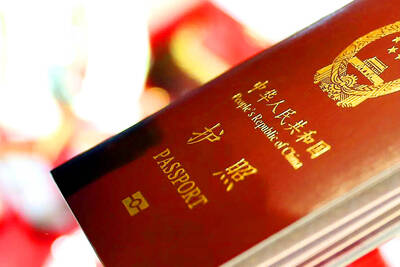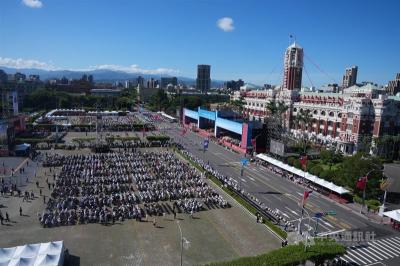A group of European computer researchers has demonstrated that it is possible to insert a software virus into radio frequency identification tags, part of a microchip-based tracking technology in growing use in commercial and security applications.
In a paper to be presented yesterday at an academic computing conference in Pisa, Italy, the researchers plan to demonstrate how it is possible to infect a tiny portion of memory in the chips that is frequently large enough to hold only 128 characters of information.
Until now, most security experts have discounted the possibility of using such tags, known as RFID chips, to spread a computer virus because of the tiny amount of memory on the chips. The tracking systems are intended to improve the accuracy and lower the cost of tracking goods. Radio tags have even been injected into pets and livestock for identification.
In the researchers' paper, "Is Your Cat Infected With a Computer Virus?" the group, affiliated with the computer science department at Vrije Universiteit in Amsterdam, also describes how the vulnerability could be used to undermine a variety of tracking systems.
The group, led by Andrew Tanenbaum, a US computer scientist, was to make the presentation at the annual Pervasive Computing and Communications Conference sponsored by the Institute of Electrical and Electronic Engineers.
"We have not found specific flaws" in the commercial RFID software, Tanenbaum said, but "experience shows that software written by large companies has errors in it."
The researchers have posted their paper and related materials on security issues related to RFID systems at www.rfidvirus.org.
The researchers said that inside information would be required in many cases to plant a hostile program.
But they asserted that the commercial software developed for RFID applications had the same potential vulnerabilities that have been exploited by viruses and other malicious software, or malware, in the rest of the computer industry.

The Ministry of the Interior (MOI) is to tighten rules for candidates running for public office, requiring them to declare that they do not hold a Chinese household registration or passport, and that they possess no other foreign citizenship. The requirement was set out in a draft amendment to the Enforcement Rules of the Public Officials Election and Recall Act (公職人員選舉罷免法 ) released by the ministry on Thursday. Under the proposal, candidates would need to make the declaration when submitting their registration forms, which would be published in the official election bulletin. The move follows the removal of several elected officials who were

The Republic of China (ROC) is celebrating its 114th Double Ten National Day today, featuring military parades and a variety of performances and speeches in front of the Presidential Office in Taipei. The Taiwan Taiko Association opened the celebrations with a 100-drummer performance, including young percussionists. As per tradition, an air force Mirage 2000 fighter jet flew over the Presidential Office as a part of the performance. The Honor Guards of the ROC and its marching band also heralded in a military parade. Students from Taichung's Shin Min High School then followed with a colorful performance using floral imagery to represent Taiwan's alternate name

FOUR DESIGNATED AREAS: Notices were issued for live-fire exercises in waters south and northwest of Penghu, northeast of Keelung and west of Kaohsiung, they said The military is planning three major annual exercises across the army, navy and air force this month, with the navy’s “Hai Chiang” (海強, “Sea Strong”) drills running from today through Thursday, the Ministry of National Defense said yesterday. The Hai Chiang exercise, which is to take place in waters surrounding Taiwan, would feature P-3C Orion maritime patrol aircraft and S-70C anti-submarine helicopters, the ministry said, adding that the drills aim to bolster the nation’s offshore defensive capabilities. China has intensified military and psychological pressure against Taiwan, repeatedly sending warplanes and vessels into areas near the nation’s air defense identification zone and across

COVETED PRIZE: The US president would be a peace prize laureate should he persuade Xi Jinping to abandon military aggression against Taiwan, William Lai said US President Donald Trump should get the Nobel Peace Prize should he be able to convince Chinese President Xi Jinping (習近平) to abandon the use of force against Taiwan, President William Lai (賴清德) told a conservative US radio show and podcast in an interview. The US is Taiwan’s most important international backer, despite the absence of formal ties, but since Trump took office earlier this year he has not announced any new arms sales to the nation. Trump could meet Xi at the APEC summit in South Korea on Oct. 31 and Nov. 1. Lai, speaking on The Clay Travis and Buck Sexton